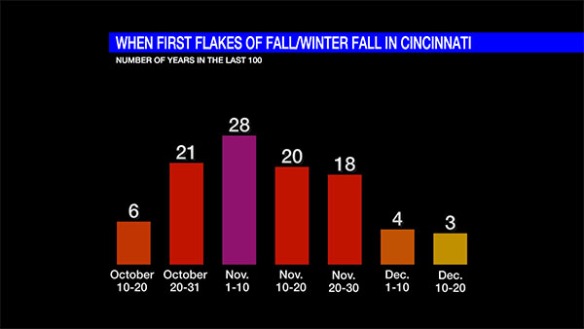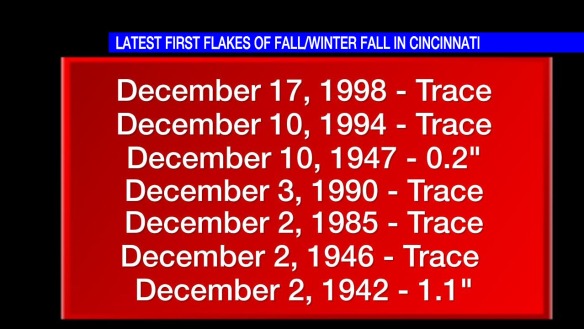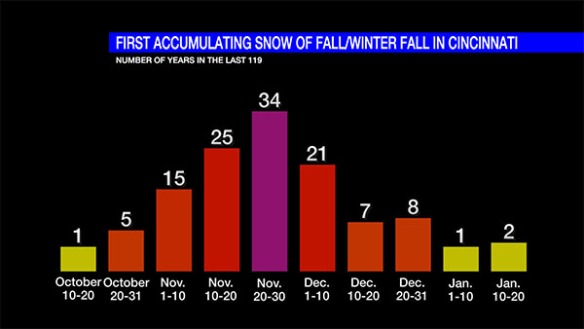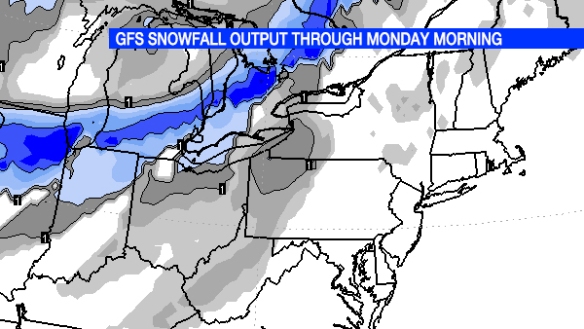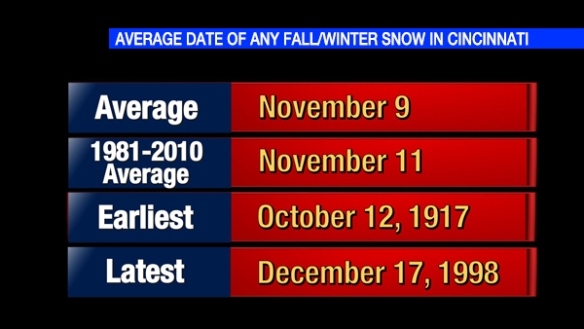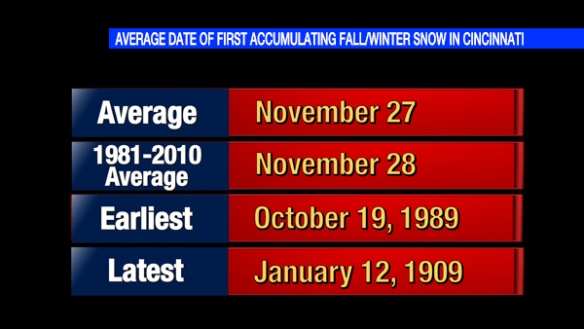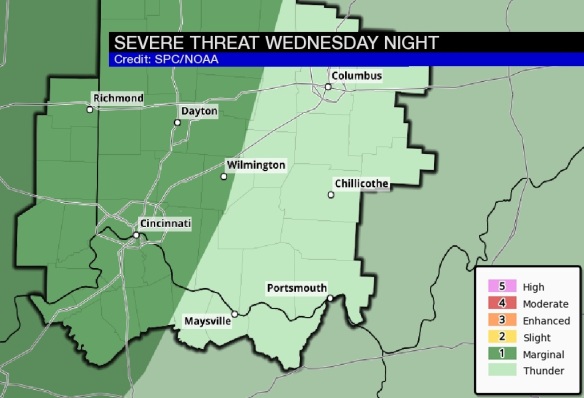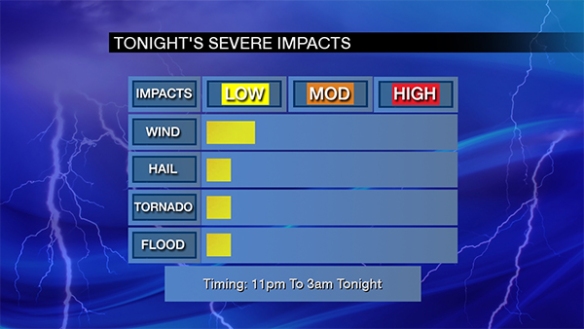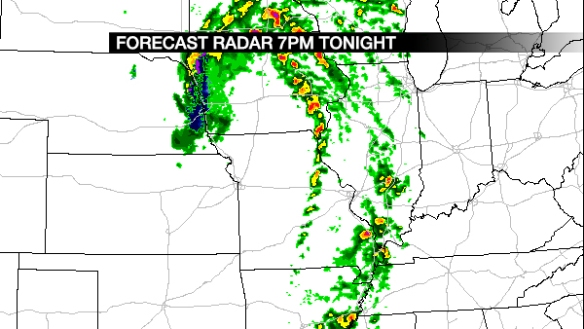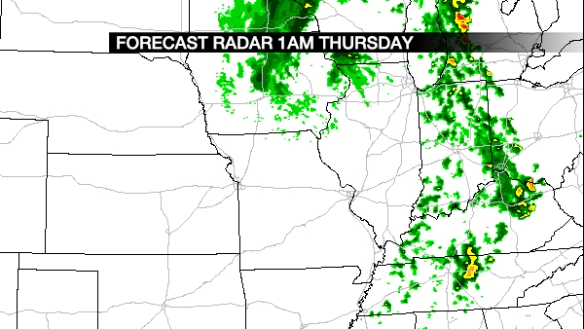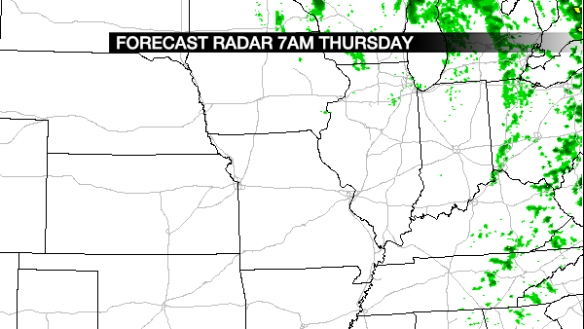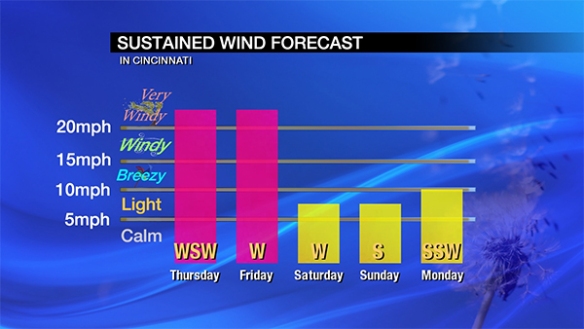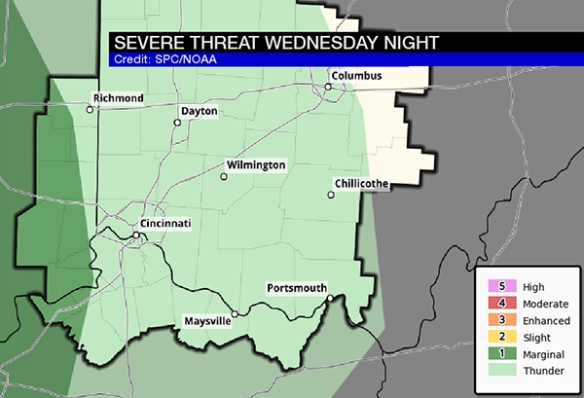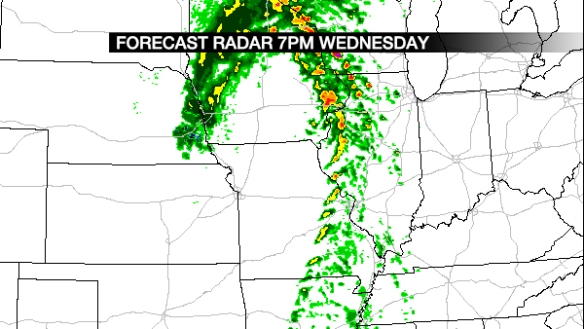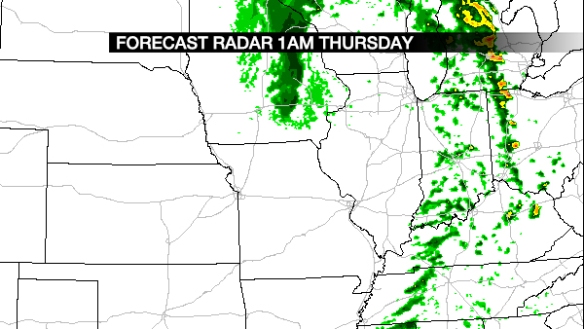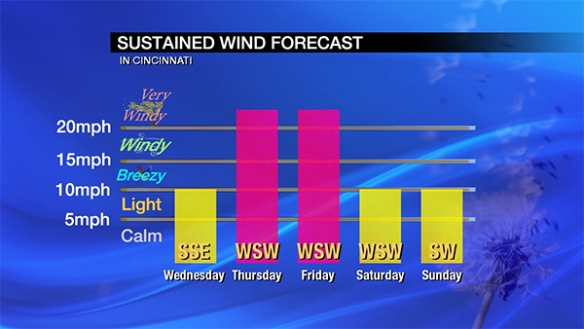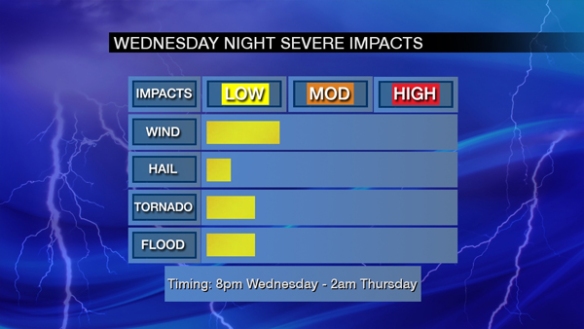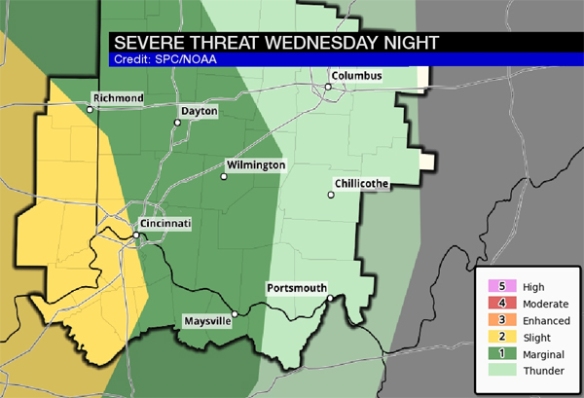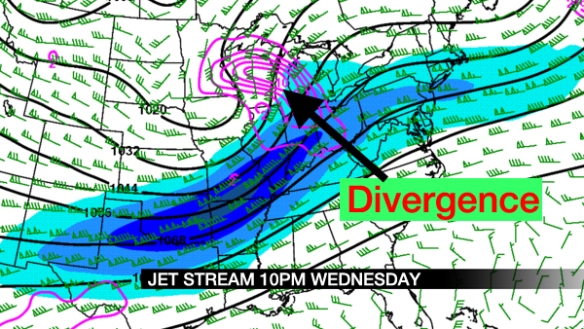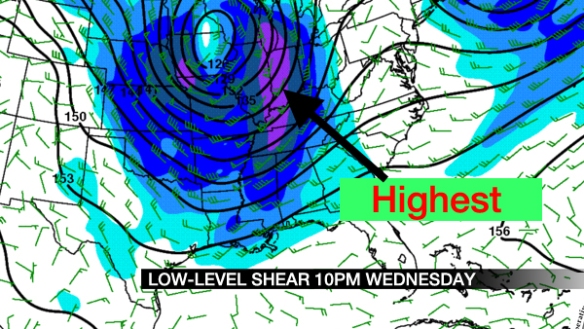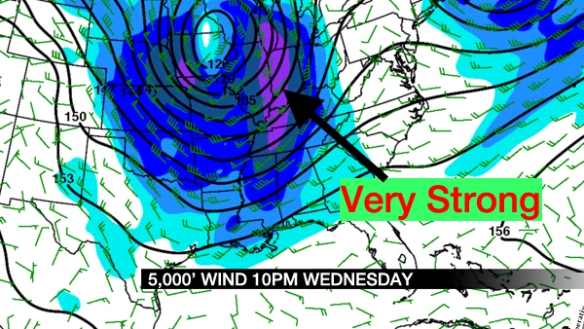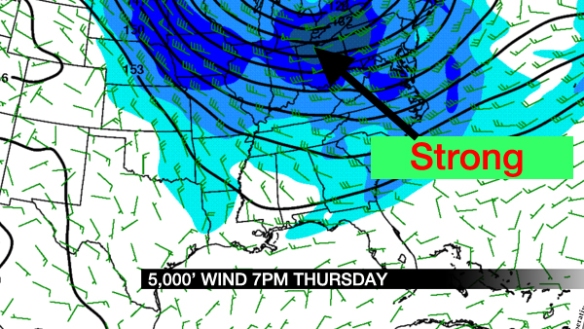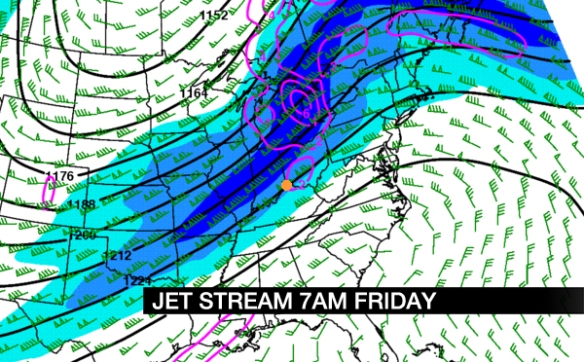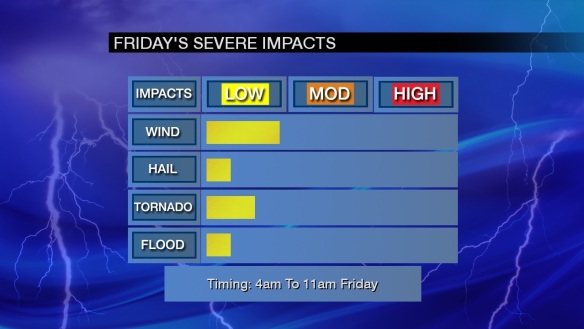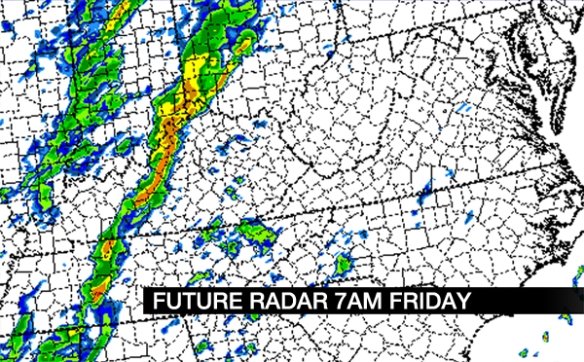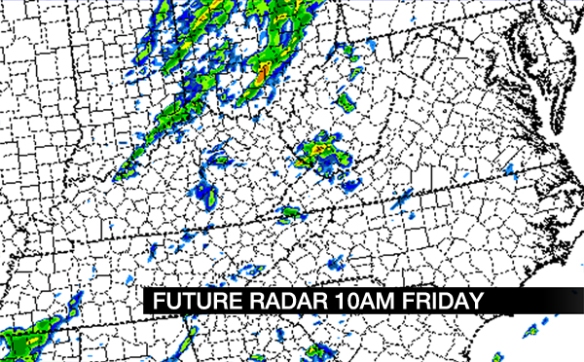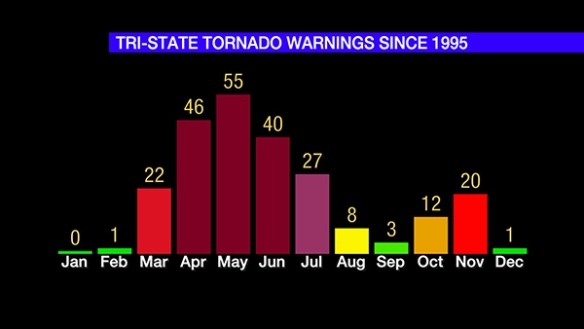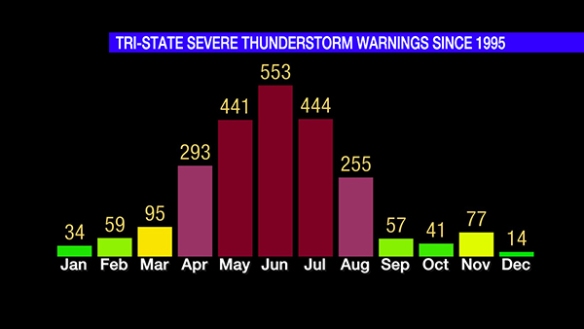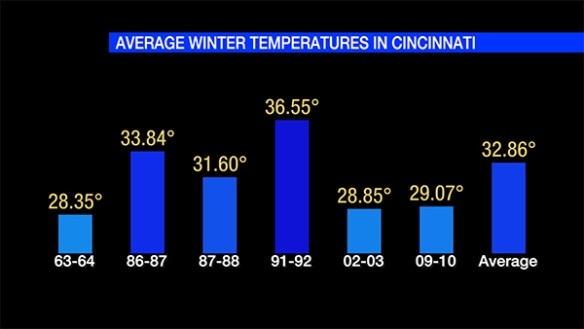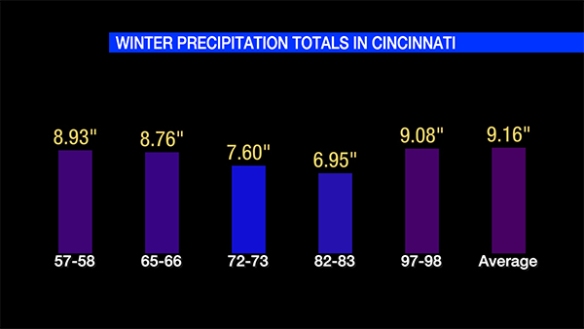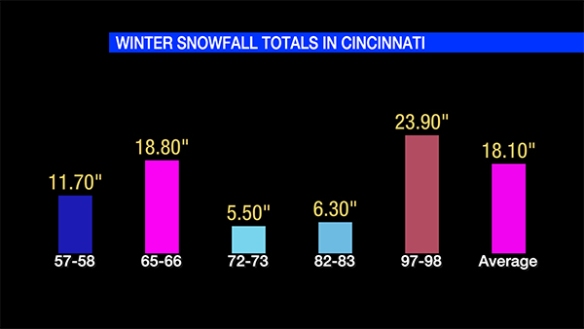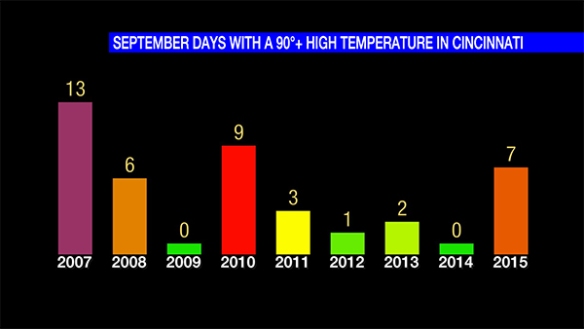Everyone has dates that cannot be scrubbed from their mind. September 17, 1996 is at the top of my list. It is the day that my father suddenly died.
Long before his death, my father lived his dream. He was born in Freeport, Long Island, and his father – my grandfather – was a pilot for TWA. My grandfather was a navigator and often flew flights from New York to Europe on Lockheed Constellations. Because of this, mMy father was destined to be a pilot from the time he was born. He got his pilots license before his drivers license. He soloed in an airplane at age 16 in 1966.
My father worked from crop dusting all the way to being a corporate pilot. He had licenses for multi-engine planes and even for hot air balloons. He loved to fly.
He shared that love of flying with me. He refused to let a commercial airline pilot give me my first flight; he took me up for a quick flight just days before I flew commercially:
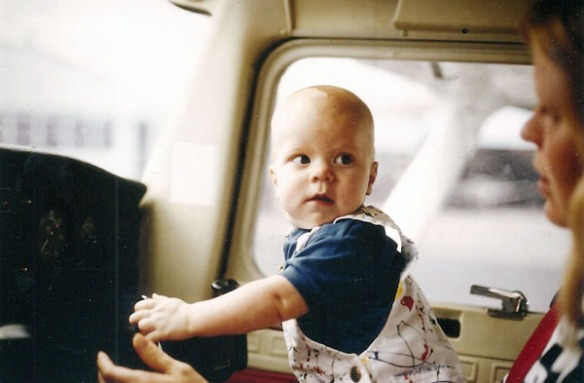
As I grew, his love for aviation and flying remained strong. I spent a lot of time in a cockpit as a child:
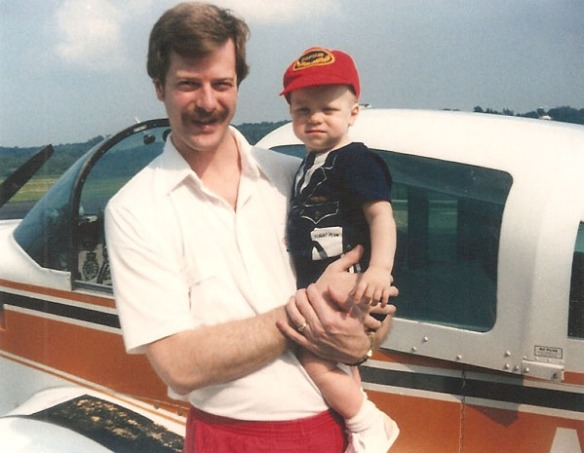
I always thought it was cool to be in a plane and see all of the dials and controls in front of me. Perhaps it was the view out the window of one of my father’s planes that got me interested into weather. My mother can’t remember a time where I haven’t loved weather, and I don’t think my father could either.
We would travel as a family in airplanes. Road trips were only for trips to Indiana to see family or nearby to Rocky Fork Lake.
My father was a proud Purdue University graduate. After living in Long Island very early in his life, his parents moved to northwestern Indiana. His love for aviation grew there; after getting his license, he went to Purdue and focused on aerospace and aviation. He wanted to make flying his career. Years later, when he had a son, it was clear he would fly him places and Purdue would be a place his son respected. Even at Acadia National Park, a picture of Neil Armstrong (the first man on the moon and a Purdue graduate) holding a Purdue flag covered my father’s shirt and mine:

Unsurprisingly, my father was a USAF ROTC Cadet. The Army or Navy did not have the draw that the Air Force did…for obvious reasons.
My father came to Cincinnati in 1979. He flew Challengers, Lear Jets, and Hawkers for Cincinnati-based Federated Department Stores and Chemed. He was based out of Lunken Airport for his job but also as a private pilot. He owned numerous airplanes, and he loved to take his wife and son to places. He was a flying instructor, and even gave me two lessons was I was 11 years old.
Of course, some of those trips were related to aviation, such as Kitty Hawk, North Carolina:

Other trips were to Michigan, Minnesota, Maine, or other scenic spots. With his help, I was fortunate enough to visit over 40 states by age 11.
Because he loved to fly, he was away from home a lot. My mother was a teacher, and she was often there to pick me up from school or get me to practice as I grew older. Despite being under the care of my mother most of my childhood, my father seemed to make it a priority to help me and bond with me when he was around. For the first ten years of my life, I seemed to bond with him more than my mother.
My father was a determined man. As a pilot, he had no choice but to get the plane on the ground every time; that way of thinking translated into other aspects of his life, such as putting a basketball pole 10 feet under ground at my childhood home when I was 9. It took all day, but that pole was getting in the ground:

Some of my memories with him as a child have faded with time, but many have lasted to this day thanks to photos.
Unfortunately, my relationship with my father ended suddenly on September 17, 1996. He was flying in east-central Indiana when the plane he was flying had a mechanical malfunction and crashed.
I remember the phone call as an 11-year-old. I answered the phone, and a man said “Is your mother there?” I passed the phone to my mother, and went back to playing with Legos. Several minutes later, I remember looking up at my mother crying and still on the phone. She got off of the phone to deliver the news, and in a matter of hours, there were dozens of people at the house.
There were a lot of people at my father’s funeral. He was well liked, and I remember how many people had good things to say about him.
19 years later, I still think of him and how life would be different with him here. My mother and I both agree that our lives now would be similar in many ways to what would have happened if he was still here, but we still wonder what specifically would be different.
I learned a lot about the grieving process in the years following my father’s death; most importantly, I learned that the process is different for everyone. Friends grieving from murder or a prolonged, drawn-out death have reached out to me in the last 19 years, and I’ve learned that being there long term and just being a shoulder to cry on or a person to listen is the right way to handle those situations. Being exposed to the grieving process at an early age made me realize how unique our experiences in life are.
On a daily basis, I think of my father when I check weather conditions. One of the prerequisites to getting clearance to takeoff is knowing the weather conditions at the airport for which you are departing. I am reminded of my father writing down weather conditions on a piece of paper in the cockpit and talking to the control tower every time I check the latest weather observation at Lunken Airport. With aviation being so closely linked to weather, it makes sense that I am a meteorologist today because of what my father taught me and/or exposed me to.
On Wednesday, I was at Lunken Airport for a meeting, I took a photo of the terminal not just because of it’s scenic qualities, but because it reminds me of my father:
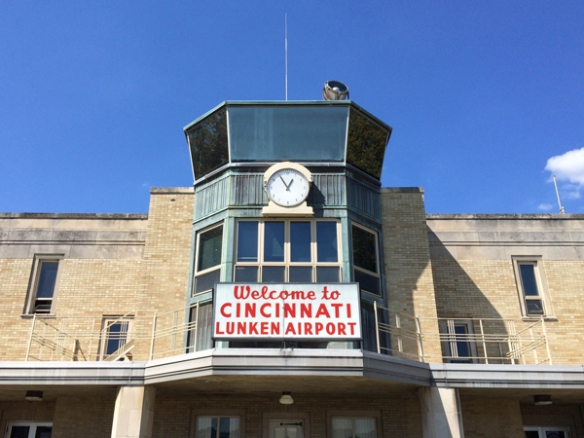
Nearly 20 years after his death, I still remember my father being a “by the book” man. His friends – many of whom I still talk to and know very well to this day – remember him as Dale “know when to have fun, but default to sticking to the rules” Dimmich. He did not cut corners, and he kept the eye on the goal. Safety was his top priority, but taking care of others – including his passengers – was a close second. While my dad was known for these things, those around me can make a strong case that those qualities have been passed on to me.
There were moments where my father was a fighter and stuck up for what was right. There were times where he contemplated issues and got frustrated. He disagreed with people. There were some that got in his way or clawed at him. I saw he was human; even in the limited about of time I spent with him, I learned that getting it all right was not always easy and was sometimes unattainable.
Most importantly, my father taught me about a dream. He wanted to fly, and he became a pilot; similarly, I loved weather, and I became a meteorologist. His death, however, taught me a lot about how distancing yourself from the dream (even if occasionally) can be a good thing. Had my father not being flying in that plane September 17, 1996, my father would likely be still be here. I have no way of knowing what would have happened had he not been flying that day, but I’ve thought a lot about that flight. Do I celebrate him dying doing what he loved, or do I wish he had taken fewer flights to decrease his odds of something going wrong? Either way, I know there are hazards in any job, but I’ve often pushed myself back from the desk to enjoy life elsewhere. Time away from the hazards is not only good for the soul, but it may tip the scale just enough to make life longer.
The metaphor of flying – from takeoff to taxi and from arrival to departure – is a good metaphor of life. My father and I had 11 years together; that’s not a lot of time, especially when you don’t remember half of those years. What my father did do, however, is plant a seed of success in me. He never saw the plant grow to its peak, but he gave it the support to live.

